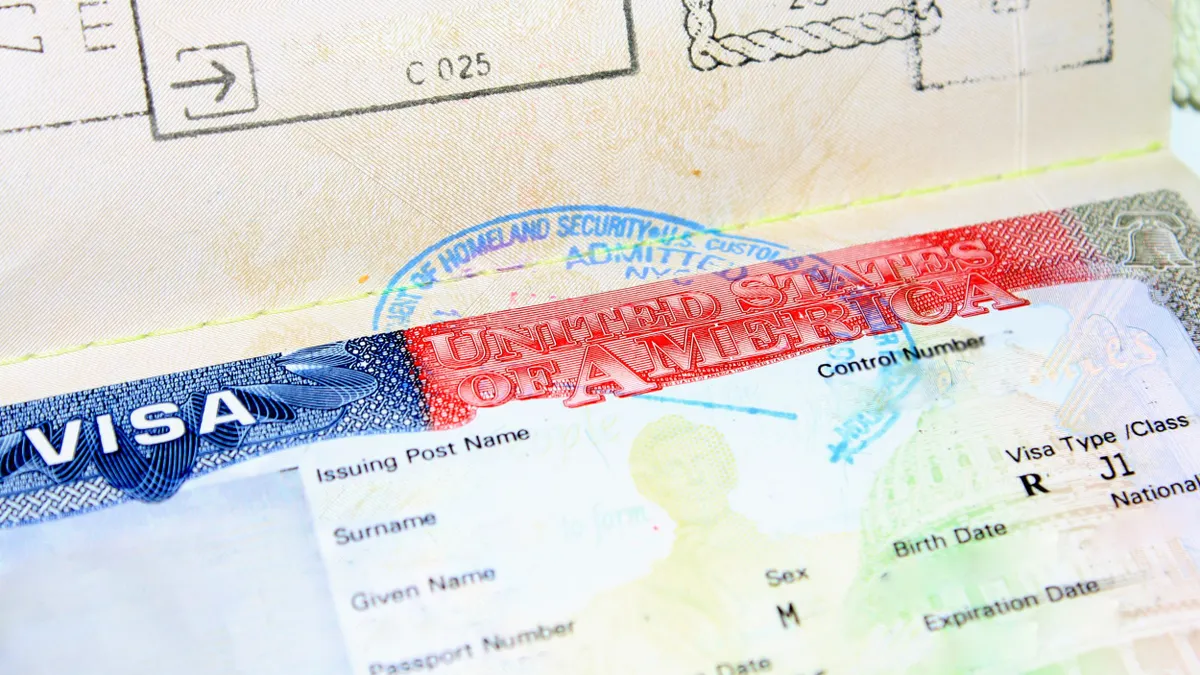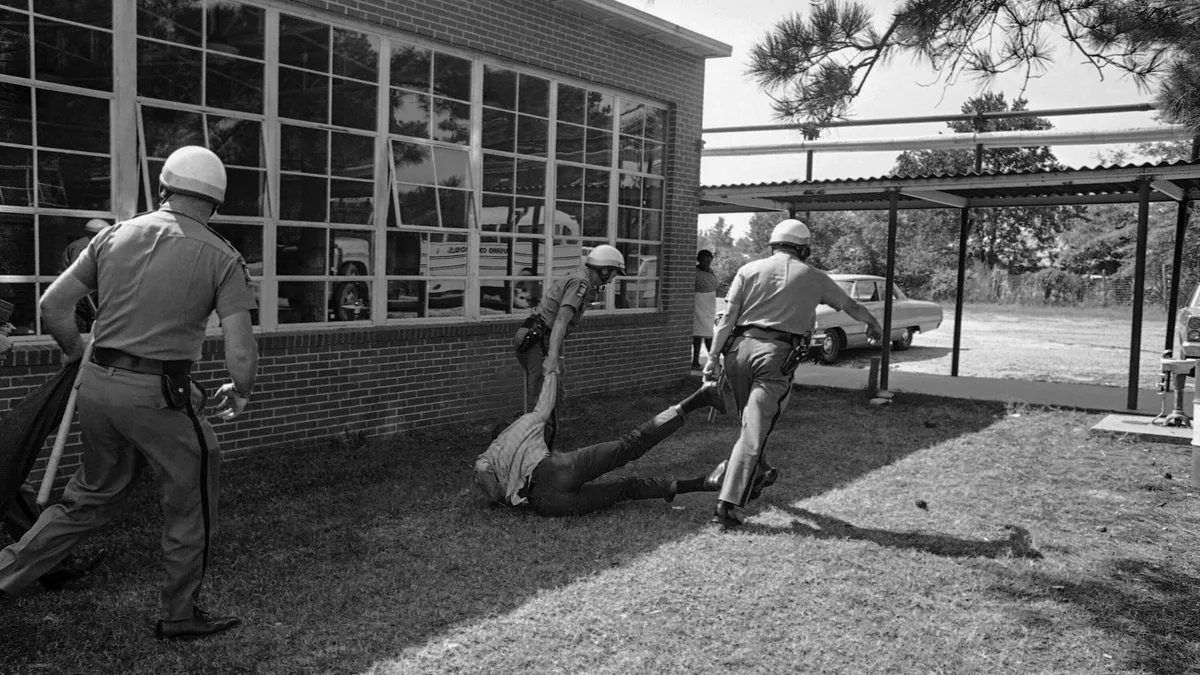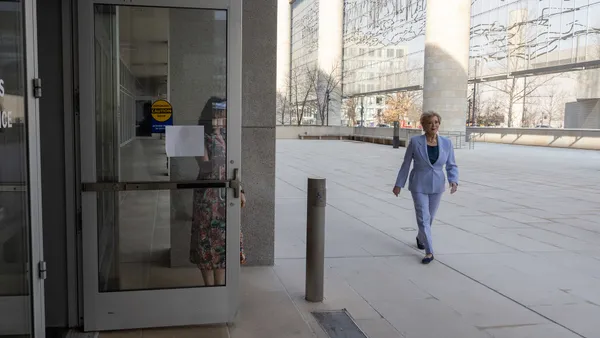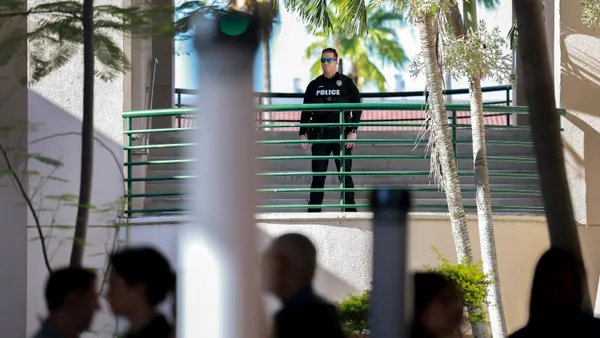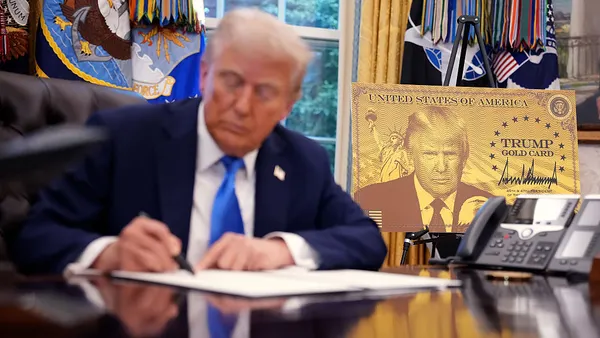As school districts process teacher contracts for the 2025-26 school year, uncertainty is stirring among some district leaders who hire teachers from outside the country.
Last week, a Politico report surfaced that Secretary of State Marco Rubio ordered all U.S. diplomatic and consular posts to stop scheduling new appointments for student visa or exchange visitors through the F, M and J visa programs. That pause includes teachers, summer counselors, and others who tap into J-1 visas to temporarily work for up to 5 years in the U.S.
State Department Spokesperson Tammy Bruce said in a May 29 press briefing that the pause is temporary and that “there is an end point, and it should be rather quick.” Several days later, in a Tuesday briefing, Bruce said that no student or exchange visa appointments were canceled, and there will be an update on the situation “in a matter of days.”
Still, any kind of delay in setting up new J-1 visa appointments could impact some districts’ ability to get teachers in the classroom on time for the beginning of the new school year, said Tara Thomas, government affairs manager at AASA, the School Superintendents Association.
“Schools are putting together their contracts now for staffing and figuring out what their staffing looks like, where they need to fill their gaps, what contracts they need to extend,” Thomas said. “We’re hoping that, one, the delay is not long and they’re able to get this process back up and running quickly. But also, we would love to see the administration maybe prioritize teachers as they work through the backlog.”
In 2023, there were nearly 6,800 J-1 teachers nationwide, according to a recent analysis of State Department data by AFL-CIO’s Department for Professional Employees. The number of J-1 teachers jumped 154% between 2016 and 2023, with the highest concentration being in North Carolina, Texas, Florida, South Carolina, Arizona and California, the analysis found.
For some extremely rural districts, like Nevada’s Mineral County School District, even a temporary pause on J-1 visa appointments is nerve-wracking, said Stephanie Keuhey, the district’s superintendent. Keuhey said she’s particularly concerned that her new J-1 visa teachers won’t be approved in time or will arrive after the first day of school.
Mineral County School District recently extended five offer letters to teachers — one from Ghana and four from the Philippines — through the J-1 visa program, Keuhey said. The 520-student Title I school district already has 15 J-1 visa teachers. Including the new hires for the 2025-26 school year, 45% of the districts’ 44 teachers will hold J-1 visas, she said.
“I'm worried about next year and what might come of those five offer letters,” Keuhey said. “Four of them are elementary level teachers, and so that means bigger class sizes in those critical grades where the foundational reading skills and math skills are taught.”
Mineral County School District has struggled for years with declining student enrollment and teacher recruitment and retention issues, given its location in such a rural and “frontier” area of Nevada.
The district began hiring J-1 teachers about four years ago, Keuhey said. Most of the teachers hired through the federal visa exchange program come into the district with a master’s or doctorate degree and over 10 years of teaching experience.
When a teaching position opens at the district, Keuhey said she’ll often only see a handful of American applicants compared to hundreds of J-1 applicants.
“We've tried several things over the years — combining intermediate classes, departmentalization — but the reality is we just are not getting qualified United States applicants,” Keuhey said.


